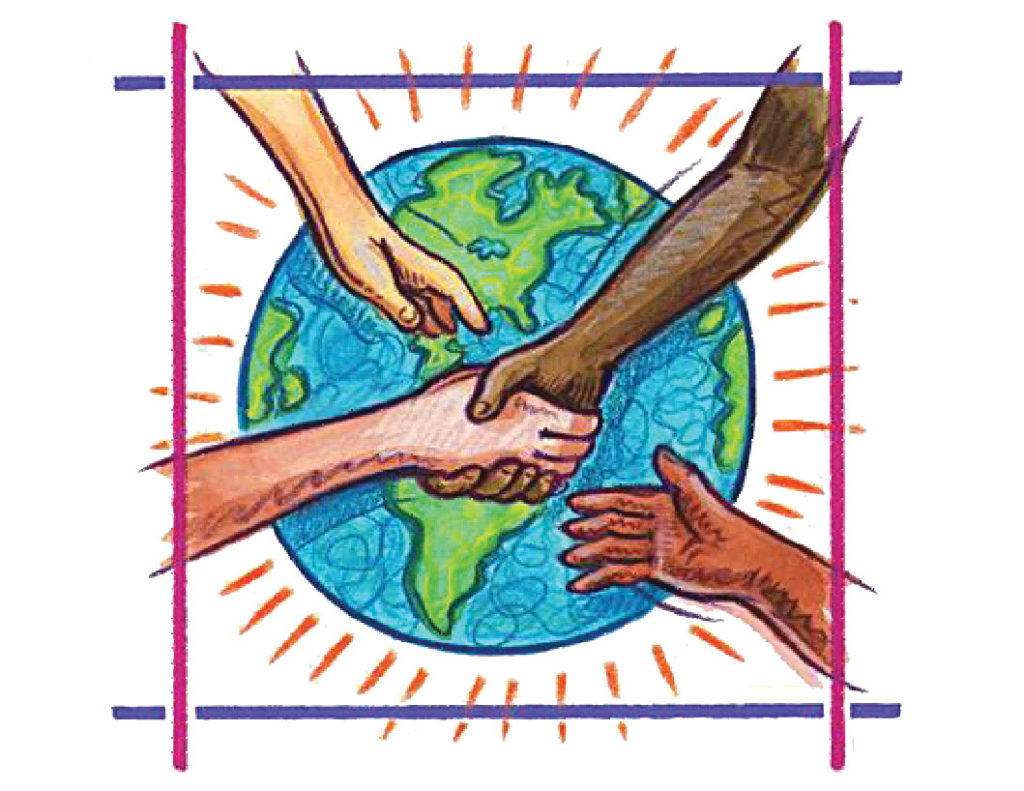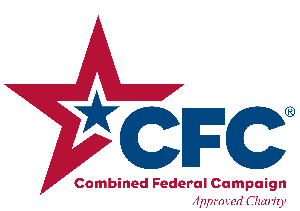Behind each need is a problem to be solved. The desired response is an approach that meets the need – provides immediate relief to those adversely affected – and solves the problem – prevents others from falling into the same circumstance. This is a difficult, but not impossible challenge.
Nonprofits bridge the gap been our needs and that which we can provide for ourselves; either individually or through government. In an ideal world there would be no nonprofits. We’ve yet to create an ideal world so there is a myriad of nonprofits addressing unresolved issues in every aspect of our society; providing health care, shelter, food, legal services, education, mentoring, etc. for those otherwise lacking the means, access or opportunity.
The nonprofit community has grown to be a significant part of our economy; it is a major employer, collects billions of dollars in donations and attracts millions of volunteer hours. While the investment is being put to good use, critics are concerned too little is going toward solving the underlying cause of the problem; they believe the bulk is going toward relieving symptoms.
Poverty, and the adverse effects it has on those who experience it, has been around forever. Each generation debates the causes and effects and the role/responsibility of government, society and the individual to address the issue. Programs and initiatives have come and gone yet no solution has evolved.
Perhaps social psychologist Roy Baumeister’s research on cognitive dissonance can provide some insight into how better understanding our human behavior could lead us to be a more active participants in the solution. People dealing with the same kinds of hurt perceive hurtful actions in entirely different ways, depending on whether they are the ones causing the hurt or the ones being hurt. The different perceptions of victims and perpetrators are a result of a phenomenon known as cognitive dissonance. When we do something that hurts others, there is a part of us that recognizes our action as despicable. But that comes into conflict – into dissonance – with our belief that we are a good person. The solution, we reinterpret our hurtful actions to minimize our responsibility and downplay the pain we have caused. When we are victims, on the other hand, it would feel dissonant to empathize with our wrongdoers; it is much easier to see their actions as inexplicable and immoral. This process happens at an entirely subconscious level; we do not realize we are acting in contrary ways depending on whether we are victims or perpetrators. Of course, while our subconscious, in an effort to protect us, can obscure how we see ourselves; it can’t obscure how others see us. The more we understand ourselves the smaller the gap between our self-image and the image others have of us.
Solving poverty requires a sustained, coordinated effort by everyone – government, business and individuals – not only to help those currently living in poverty become productive, self-reliant members of society but also to help those adversely impacted by an unforeseen event from falling into poverty. While there are government and nonprofit resources addressing all aspects of the poverty issue; they lack the coordination and capacity to solve the problem. They are doing great work and their efforts are making a significant difference with many of those currently in poverty but the fact that poverty persists (the rate only tends to fluctuate with the state of the economy) tells us that the problem is not being solved.
How does cognitive dissonance come into play? Perhaps there’s an unconscious gap between how we perceive our successes and the reality of our actions. We know the right thing to do is solve the problem so we view our actions as addressing the problem when in fact they address the symptom.
Some strategists argue that if private businesses bring poor communities into the market and provide them with affordable basic goods and services, they can stimulate commerce and development and fundamentally change the paradigm for dealing with the poor. Achieving this goal need not require businesses to get involved in direct social development, only that they act in their own self-interest. This synergy between the needs of the poor and the needs of business for growth means that there are enormous potential benefits for companies entering and investing in poor markets. Many innovative companies – entrepreneurial start-ups and large, established enterprises alike – are already serving the world’s poor in ways that lead to expanded revenues, greater operating efficiencies, and new sources of innovation. For examples one only has to look at how China, India, Brazil and, gradually, South Africa have become new engines of global economic growth. Poverty reductions and other collateral social benefits help stabilize troubled communities.
The challenge is to more clearly articulate the connection between Government, the nonprofit sector and the business community so that we become complimentary partners in the solution. Government can facilitate the necessary connections; nonprofits can articulate need and understand the people who have them; and business has the entrepreneurial expertise to leverage market forces. Each is a necessary, but not sufficient part of the solution; collectively they can solve the problem.






